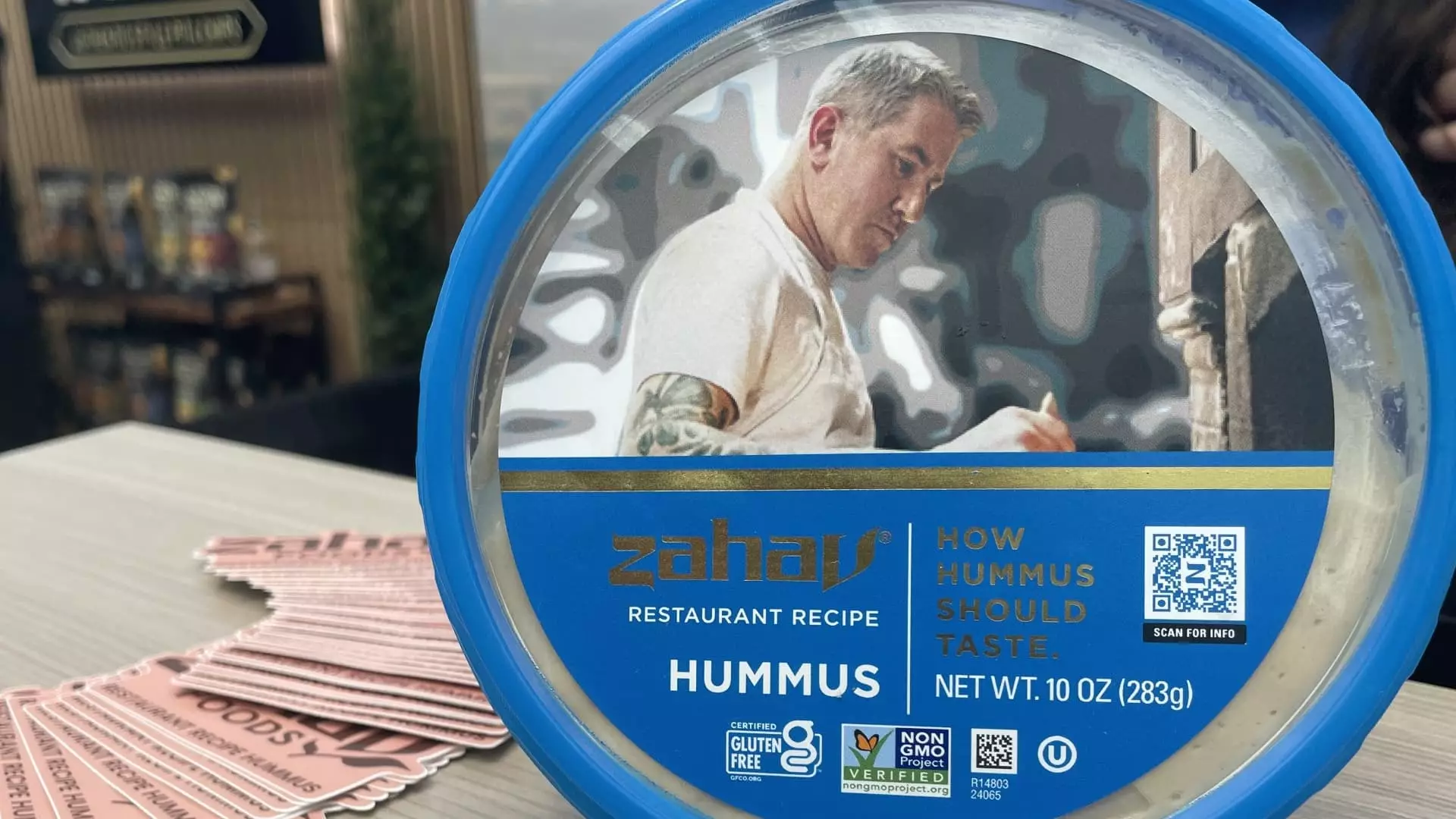In a society obsessed with novelty, the recent Summer Fancy Food Show revealed that culinary trends are more than fleeting fads—they are indicators of a deeper cultural shift. Chefs and entrepreneurs alike are pushing boundaries, transforming simple condiments into sophisticated elements of gourmet refinement and lifestyle branding. But beneath this surface of innovation lies a question: are these trends truly embedded in consumer habits, or are they ephemeral buzzes destined to fade? While some trends, like infused olive oils and upgraded mustards, have managed to carve out permanence, many others, such as Dubai chocolates, are already losing their momentum. The appetite for culinary experimentation is palpable, yet it must be tempered with discernment. Trends driven by social media virality often overshadow true culinary value, risking an environment where flavor innovation is secondary to spectacle. The challenge for consumers and industry players is to sift through this increasingly cluttered landscape, identifying meaningful progress from transient hype.
The Illusion of Progress: Are We Truly Elevating Food or Just Buzz-Washing?
One of the more optimistic aspects of the show was the focus on elevating pantry staples into art forms—olive oils infused with harissa and aged in sherry barrels, or mustards with nuanced textures and flavors. These are developments rooted in craftsmanship, representing a refinement of long-standing culinary traditions. However, the same cannot be said for every trend showcased, particularly those driven solely by social media trends like Dubai chocolates. Just because a product garners popularity on TikTok doesn’t mean it will resonate on dinner tables or grocery shelves a year from now. It’s an artificial acceptance, often amplified by influencer hype rather than genuine culinary merit. This phenomenon highlights a broader concern: the food industry’s increasing reliance on fleeting internet sensations rather than sustainable innovation. True progress in food should be about enriching our diets and cultural identities, not just chasing viral moments. The danger lies in consumers being seduced by glamorous packaging and social media buzz instead of investing in quality and authenticity.
The Shift Toward Authenticity and Quality in a Distracted Market
Despite the influx of flashy trends, there’s an undercurrent of demand for authenticity—a desire for food that genuinely honors its ingredients and origins. For example, the resurgence of beef tallow labeling by new brands appears more than a mere gimmick; it hints at a broader skepticism towards processed oils and a search for ‘real’ fats that some claim are healthier. Similarly, the regional and traditional focus of brands like Castillo de Canena speaks to consumers’ yearning for craftsmanship and story-driven products. This trend suggests that while the market is flooded with diversions, a significant segment remains committed to products rooted in history, quality, and honest sourcing. Meanwhile, plant-based alternatives, though diminishing in booth presence, are shifting their messaging away from purely vegan appeals toward flavor and sensory experience—an evolution reflecting consumers’ sophistication and demand for indulgence rather than purely ethical labeling. The challenge for industry insiders is to balance innovation with authenticity—giving consumers what they truly want: honest, high-quality, flavors that respect tradition while offering something new.
The Future of Condiments and Flavors: Will the Classics Reign or Ruin?
Condiments, long considered the humble backdrop of culinary artistry, are now at the center of a revolution. The push for “swicy”—a mixture of sweet and spicy—demonstrates a broader craving for bold, dynamic flavors that transcend traditional boundaries. From collaborations like Mike’s Hot Honey and Heluva Good to spicy cabbage relishes like Slawsa, the trend embodies a desire to ignite familiar tastes with daring twists. However, this innovation runs the risk of over-saturation. Sensory overload can dilute genuine flavor craftsmanship, pushing consumers toward superficial spice and sweetness rather than depth. Meanwhile, conventional staples such as mustard and beef tallow are being reinvented with modern sensibilities, but their success hinges on whether they can provide authentic flavor profiles that appeal to both traditionalists and curious adventurers. The enduring question is whether these trends will mature into lasting culinary staples or are destined to be short-lived indulgences. As someone with a conservative leaning towards traditional values—appreciating craftsmanship, authenticity, and long-term quality—I believe true culinary innovation should build on roots rather than abandon them for temporary novelty.
The Cultural Impact of Food Trends in a Political Context
Food trends mirror societal values and tensions. The emphasis on premium, craft, and regional products aligns with a broader desire for identity, authenticity, and sustainable practices—values resonant with center-right perspectives that favor resilience, craftsmanship, and national pride. Conversely, the fascination with viral fads like Dubai chocolates or the obsession with social media-driven products exemplifies a consumer culture increasingly captivated by superficial trends rather than substantive quality. The rising prominence of traditional fats like beef tallow, despite nutritional debates, also speaks to a nostalgic yearning for authentic, hearty flavors that evoke a sense of resilience against processed food monopolies. While progressive voices may focus on plant-based health and environmental concerns, these trends often overlook economic realities and the importance of supporting local producers and artisanal craftsmanship. Embracing food innovation should, therefore, strike a balance—championing progress without sacrificing tradition, ensuring that consumer choice remains rooted in quality and authenticity, rather than fleeting status symbols.
Note: These insights challenge the assumption that constant novelty equates to progress, emphasizing instead a pragmatic valuation of culinary heritage, authentic flavor, and local resilience in food culture.

